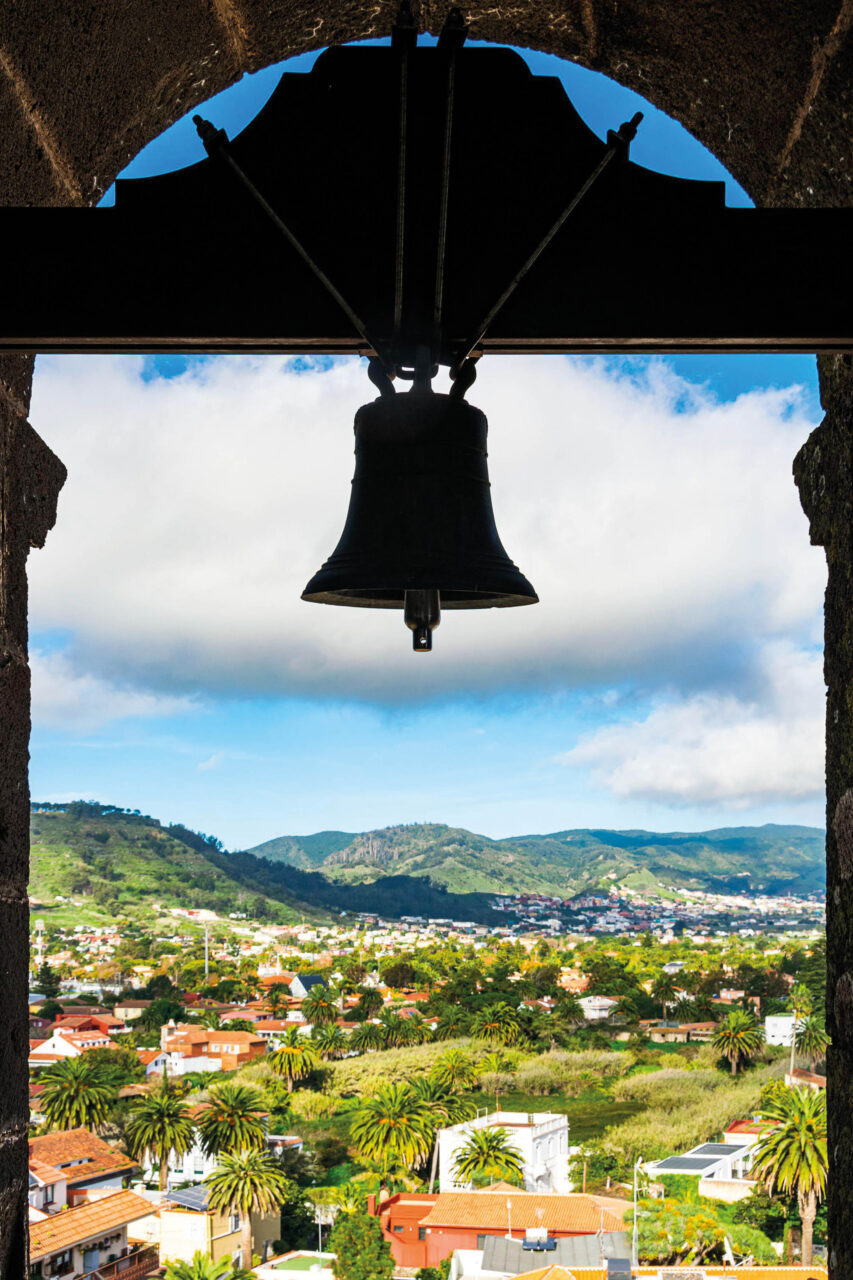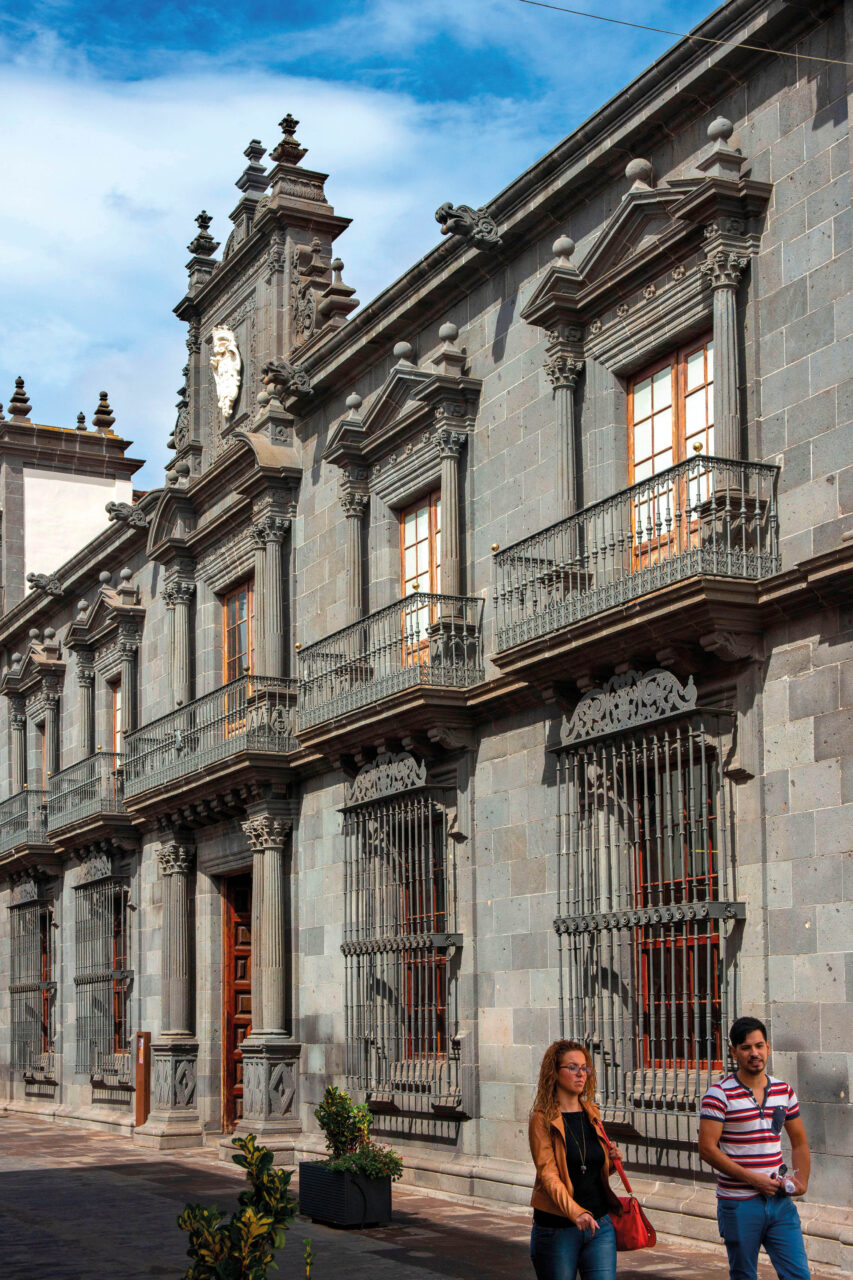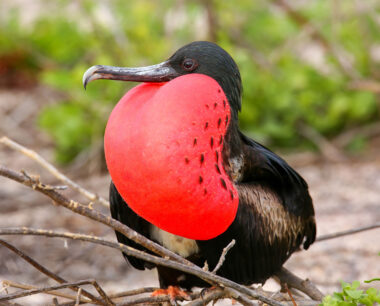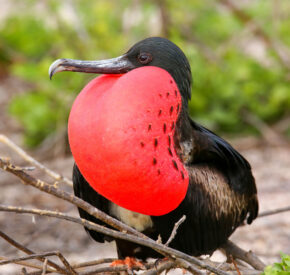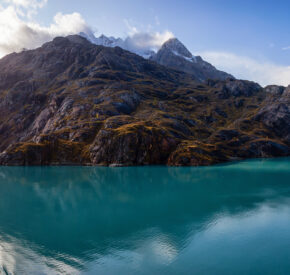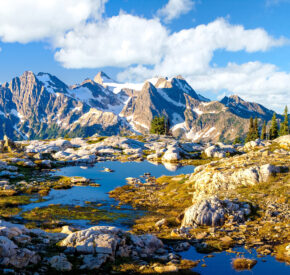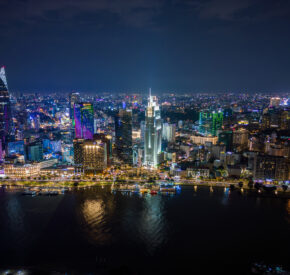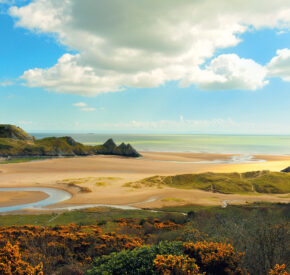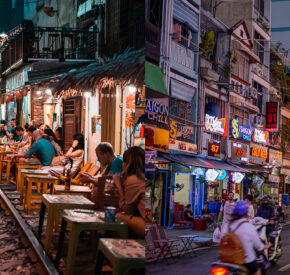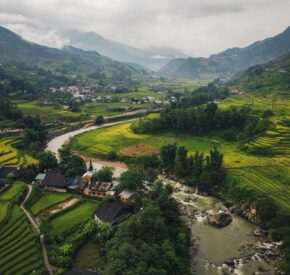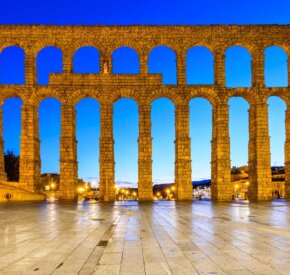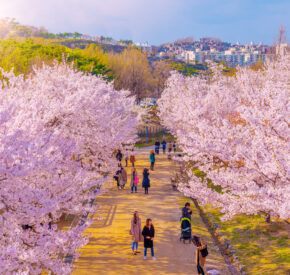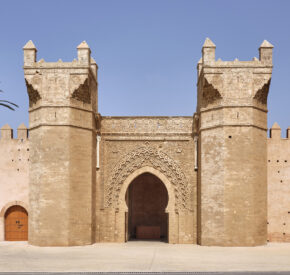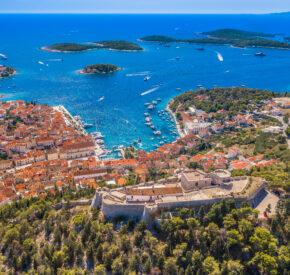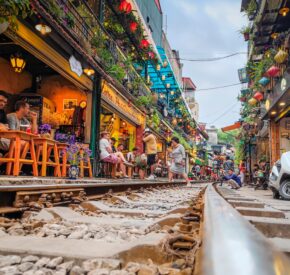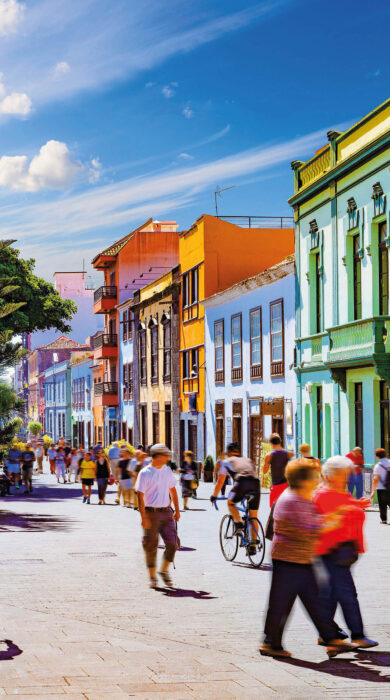
Exploring the heritage of San Cristóbal de la Laguna, Tenerife
Look familiar? The original capital of the Canary Islands went on to become the much-replicated blueprint for colonial Spanish cities across the Americas. But it all began on Tenerife…
“Santa Cruz was nothing… a tiny town, a fisherman’s town,” guide Jaime Muñoz scoffed, referring to one of the two present-day capitals of the Canary Islands. He presented a 500-year-old map of Tenerife and pointed to San Cristóbal de la Laguna, which was around the same size as it is today; this, he explained, was the first capital, the first European-style development on the island and, crucially, the first Spanish colonial town without walls.
The usual fortifications were dispensed with in favour of a naturally defensive position in a valley, hidden from would-be attackers arriving by sea. This approach is partly why La Laguna, as it’s known locally, has World Heritage status today; it allowed for a different way of building a town. While the upper section was largely unplanned, the lack of fortifications meant the lower town was able to be to built more strategically, using a pioneering grid-style layout with wide streets wrapping a main square. It would become the blueprint for future Spanish expansion, replicated across its colonies in the Americas. The town’s design and architecture is now familiar in cities ranging from Lima and Old Havana to Cartagena and Quito.
“People come here and say it is similar to these places, but no, it’s the other way around,” Jaime told me.

It wasn’t just geography that shaped La Laguna; the Spanish took their influences from Africa, referencing Moorish riads and geometric carvings in the architecture of the town, which, according to UNESCO, ‘combin[es] Islamic and European elements’.
Today’s visitors to La Laguna can savour cobbled streets that wrap four main squares, lined with mansions shaded in hues of pastel and terracotta. Its public buildings and cafés retain their hidden courtyards, edged with carved balconies supported by pillars of hard-wearing dark pine. Sat in the shade of a palm tree, with the soothing trickle of a fountain for company, they offer pleasing respite from the sun.
Read next: A guide to Santa Cruz de Tenerife and Las Palmas de Gran Canaria
You can get an aerial glimpse of the old town from the five-storey bell tower of the Church of the Immaculate Conception. Many of the city’s mansion houses are also open to visitors; these include the 17th-century Casa Salazar, a former bishop’s residence with a decorative exterior, as well as the 18th-century Cayetano Gómez Felipe House Museum, the one-time home of a notable Canarian collector. Further suggestions can be gleaned from the tourist office, which occupies the 17th-century Casa de los Capitanes Generales.
An hour’s drive from the popular resorts of the south coast, La Laguna is the sort of place that those involved in the recent overtourism protests in the Canaries would rather responsible travellers visit, instead of the oversaturated coast. It also works well as a base of exploration for nearby Anaga Rural Park and can be easily combined with the lower-key northern resorts of Puerto de la Cruz and Garachico.
The vibe is more old-school Spain here. Instead of all-day English breakfasts, you’ll find family-run bakeries, their windows lined with pastries stuffed with sweet potato and guava. More local produce is piled high in the morning food market, where cactus fruits, the island’s famous black potatoes and short bananas sit alongside peppercorns, meat, fish and cheese.
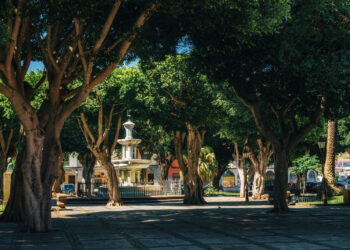
As recently as a century ago, arable farming was the main business here. Historically, La Laguna’s attic rooms, identifiable by their circular windows, were often used for grain storage, indicating the town’s wealthier homeowners – typically those who’d helped with the Spanish conquest of the Americas and been rewarded with land.
“Early tourism was seen as a positive because it started to redistribute wealth more equally,” Jaime explained. The arrival of Tenerife’s first university also helped the city become a cultural hub, and its abundance of independent galleries is one of many boons.
Among the more curious aspects of La Laguna is its name. The ‘laguna’ refers to what UNESCO calls an ‘insalubrious lagoon’ around which the settlement was first formed. It no longer exists, having been drained in the 19th century to rid the streets of mosquitoes. But while the lake may be gone, you can still people-watch beside a fountain in shady Plaza del Adelantado, the founding square from which not only La Laguna evolved but also, ultimately, cities across Latin America.
Need to know
Location
San Cristóbal de la Laguna lies in the north-west of Tenerife, around 11km from Santa Cruz.
When to go
Tenerife’s sub-tropical climate means year-round sunshine, though La Laguna’s elevation makes it cooler than on the coast. The city is also the best place on the island to see the annual Easter processions.
Getting there & around
La Laguna lies 63km from the South Airport, which receives multiple direct flights from regional UK airports. Airlines servicing this route include Jet2 (jet2.com), easyJet, British Airways and Ryanair. The North Airport connects to other Canary Islands and mainland Spain.
On the island, the MTSA tram runs between La Laguna and Santa Cruz (40 minutes). TITSA buses operate throughout Tenerife and are useful for exploring further.
Guide Jaime Muñoz of Feel Tenerife offers visits to La Laguna as part of wider tours by electric MPV.
Carbon offset
A return flight from London to Tenerife produces 350kg of carbon per passenger. Wanderlust encourages you to offset your travel footprint through a reputable provider. For advice on how to find one here.
Where to stay
The four-star Laguna Nivaria lies behind the façade of a 16th-century mansion. La Laguna Gran Hotel is a converted 18th-century manor house with a rooftop pool.
Further information
Visit the Tenerife Tourism Corporation’s site for more ideas.



